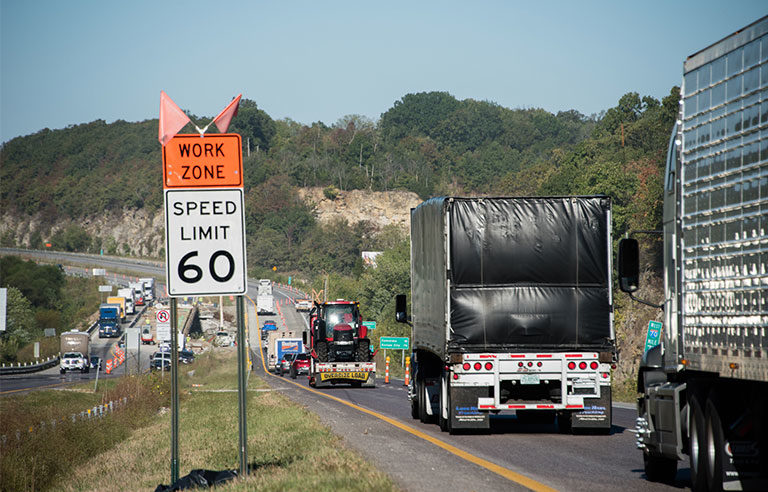Guide examines safety of work zone plans

Washington — The National Cooperative Highway Research Program has released a guidebook that “provides practitioners who develop phasing and staging plans for temporary traffic control through work zones with guidance to evaluate the safety impacts of their plan decisions.”
A group of researchers led by Gerald Ullman and Michael Pratt of the Texas A&M Transportation Institute explored how work zones affect safety by examining:
- Planning-level work zone crash estimation procedures
- The use of crash modification factors to evaluate alternative work zone design features, operating strategies and safety countermeasures
- Available work zone crash modification factors
According to data from the Bureau of Labor Statistics, at least 101 fatal occupational injuries occurred every year at road construction sites from 2003 to 2015, including a peak of 165 in 2005. Data from the Fatality Analysis Reporting System and the NASS General Estimates System shows that work zone crashes occurred once every 5.4 minutes in 2015. Of those, 26.4 percent (25,485) resulted in at least one injured person.
“Work zone safety is of great concern to highway agencies, the construction industry and the traveling public,” TRB staff officer Waseem Dekelbab wrote in the guide’s foreword. “Despite this concern, there is limited data on work zone crashes and fatalities that address trends, causality and the best use of resources to improve work zone safety. Work zone crashes can occur both inside the workspace and in the traffic space. There is no single solution to creating safer work zones.”
The Transportation Research Board administers NCHRP research in cooperation with the Federal Highway Administration.
Post a comment to this article
Safety+Health welcomes comments that promote respectful dialogue. Please stay on topic. Comments that contain personal attacks, profanity or abusive language – or those aggressively promoting products or services – will be removed. We reserve the right to determine which comments violate our comment policy. (Anonymous comments are welcome; merely skip the “name” field in the comment box. An email address is required but will not be included with your comment.)

